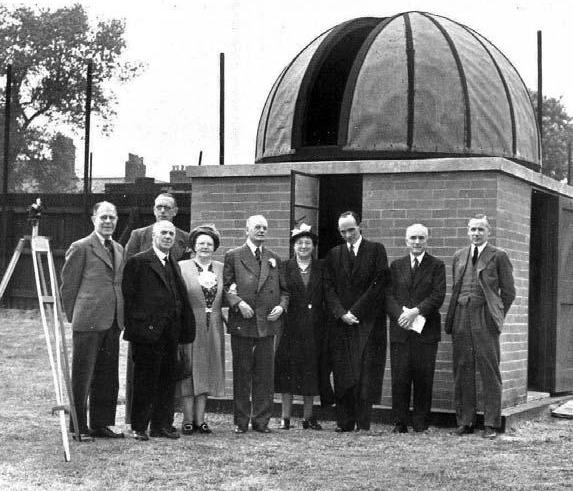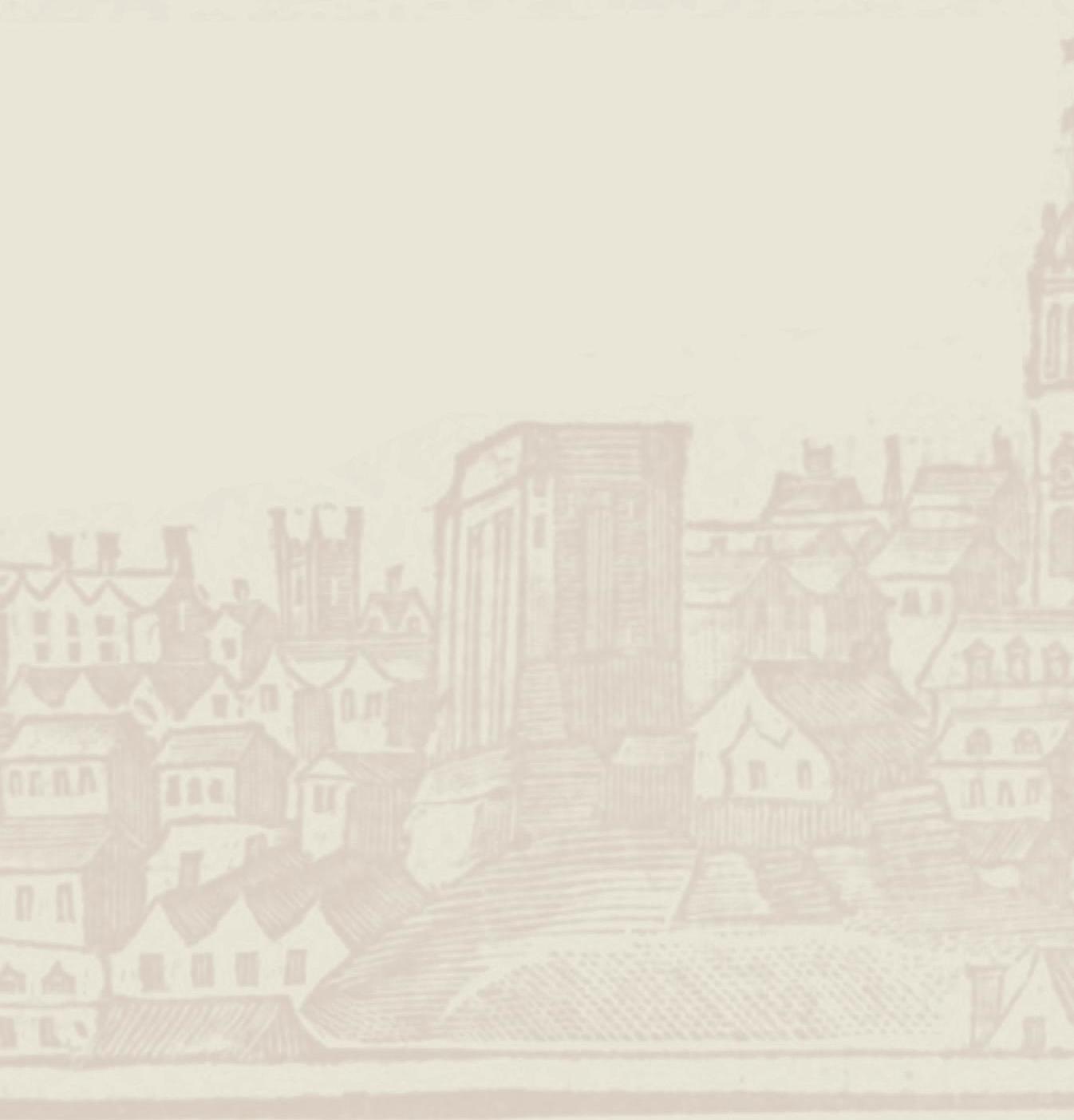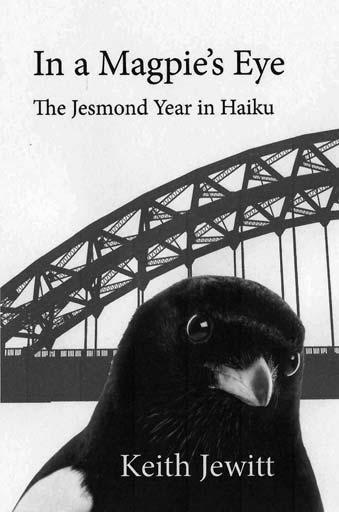
2 minute read
Stargazing
from ONA 101
There have been frequent histories of Newcastle and there will be more. Mackenzie, in his publication of 1827, acknowledges Bourne’s work with affection, thus countermanding what he saw as unfair criticism from ‘the literary aristocrats of his (Bourne’s) day’. Mackenzie sees him as ‘honest and industrious’ and as an historian who, ‘within great limitations for gaining access to sources, achieved much’.
Mackenzie criticises Brand for the latter’s disparaging comments on Bourne’s work. ‘Brand not only enjoyed the fruits of (Bourne’s) labours but was also favoured with such assistance as perhaps will never be extended to any succeeding local historian, however connected or talented.’ He refers here to the patronage that Brand received from the Duke of Northumberland.
Advertisement
Mackenzie adds that Bourne ‘… compiled his history of Newcastle upon Tyne amid malice, ill-nature, unpleasantness and disappointment.’
One could not wish that upon any scholar.
He continues, ‘Bourne appears to have been a sincere, plain, unassuming man, diligent in his studies and in the discharge of his clerical duties. Considering the extent and utility of his labours, his memory was certainly entitled to more respect than Mr Brand thought proper to bestow upon it… his history was excellent groundwork for the more enlarged superstructure of his successor, Brand.’
Bourne’s vicar described him as one who was ‘universally loved’. After his death on 16 February 1703 he was buried at All Souls Church, Newcastle. His widow, Alice (née Inchbald), who had given him sterling support, lived another 40 years. Profits from the sales of his books went to her and to the two surviving children, Henry and Eleanor.
Bourne receives credit today not just as an historian but also for the interest that he raised in English folklore. Simpson and Roud (2000) praise Bourne for the material that he gathered.
I hope that, through the columns of our magazine we can go some way to sustain the valued memory of Henry Bourne, as did JB Brodie. It is fitting that Bourne is in the same verse of The School Song as Brand, despite the latter thinking so little of his predecessor. We should remember him with affection.
I shall write on Brand in a future issue of the magazine.

Headmaster OW Mitchell (48-60) with Master Louis Theakstone (32-53) and Governors at the inauguration of the new observatory –13 July, 1950, as seen in Speech Day programme, 9 November, 1950.
Long before Patrick Moore and Sputnik –during the glory days of Dan Dare, Pilot of the Future, one could view the craters of the Moon, the rings of Saturn and Jupiter’s moons from the school field. Encouraged by Louis Theakstone (32-53) and later, Mr Stephenson (53-67), the wonders of space became available to all.
I am planning to resume my History of the RGS by recalling the Astronomical Society and the Charles Richardson Observatory, which stood between the old cricket pavilion and the gym. Martin L Bell (50-61) and I have fond memories of this pioneering activity in the school and are cooperating on this piece.
If any ONs would like to send in any memories and perhaps help to track down what happened to this little gem on the school field, please e-mail the ONA at ona@rgs.newcastle.sch.uk
By David F Goldwater (51-62)








